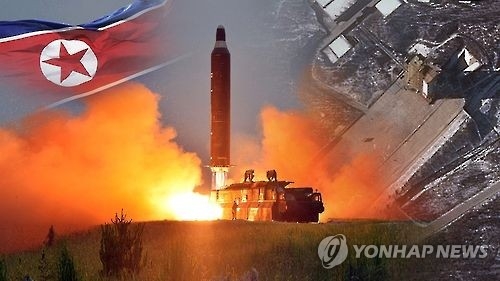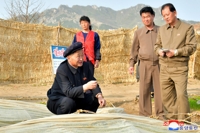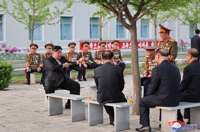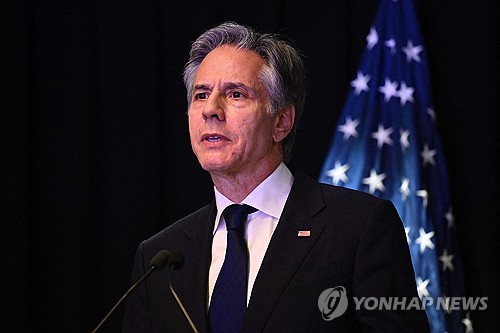N. Korea likely to have sourced engine for new IRBM from countries like Ukraine, Russia: U.S. expert
By Chang Jae-soon
WASHINGTON, June 1 (Yonhap) -- The engine for North Korea's newly developed intermediate range ballistic missile is suspected to have been sourced from foreign countries like Ukraine or Russia, a U.S. missile expert said Thursday.
The North successfully test-fired the Hwasong 12 missile on May 14, demonstrating a big stride in its pursuit of an intercontinental ballistic missile capable of reaching the continental U.S.
The North said that it fired the missile at the highest angle and the missile reached the maximum altitude of more than 2,111.5 kilometers before landing in the East Sea 787 km away. Experts said the missile could have flown about 4,500 km if it had been fired at a normal angle.
Michael Elleman, senior follow for missile defense at the International Institute for Strategic Studies (IISS), said that the missile's engine is very much different from that of the Musudan intermediate-range ballistic missile that the North was believed to be working on as a step toward ICBM development.
"This, to me, is a big deal," Elleman said during a briefing organized by 38 North. "It's highly unlikely that it was indigenously designed, developed and produced. My working hypothesis at this point, given the performance of the engine, its appearance, it likely is derived from an old Russian engine called the RD-250."
The expert also said that the North could have sourced it from Ukraine.
"What is important here is it comes from a different manufacturer than all the other engines that we've seen, and missiles we've seen, used in North Korea," he said. "We could be in for surprises in the future. It's very difficult to bound their capabilities and what might occur in the future, because we don't know if they have access to new and improved engines."
Elleman said that the Hwasong 12 is the "first step" towards developing an ICBM capable of striking the U.S.
Asked how close the North is to developing such an ICBM, the expert said that the North would need at least three years to conduct enough tests if they want to have 75 percent confidence in an ICBM.
"So I don't foresee an operationally viable ICBM before 2020, maybe 2021," he said. "For emergency use, they could shorten that timeframe, but at the risk that one or a large fraction of their missile force would fail."
jschang@yna.co.kr
(END)
-
 'Queen of Tears' weaves rich tapestry of Korean contemporary art
'Queen of Tears' weaves rich tapestry of Korean contemporary art -
 Ateez member Yunho throws first pitch at MLB match between Dodgers, Mets
Ateez member Yunho throws first pitch at MLB match between Dodgers, Mets -
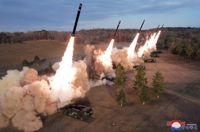 N. Korea says Kim guided simulated nuclear counterattack drills for 1st time
N. Korea says Kim guided simulated nuclear counterattack drills for 1st time -
 N. Korea calls envisioned U.S. aid to Ukraine 'hallucinogen'
N. Korea calls envisioned U.S. aid to Ukraine 'hallucinogen' -
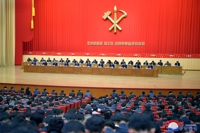 N. Korea calls on party propaganda officials to work harder
N. Korea calls on party propaganda officials to work harder
-
 'Queen of Tears' weaves rich tapestry of Korean contemporary art
'Queen of Tears' weaves rich tapestry of Korean contemporary art -
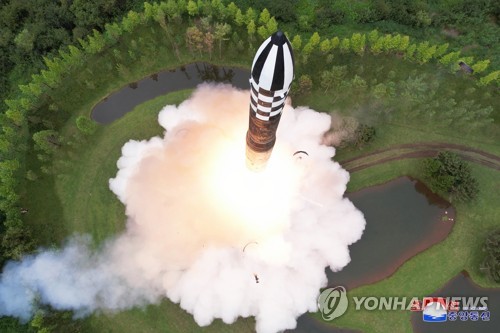 Experts see possibility of N.K. conducting nuclear test before U.S. presidential vote
Experts see possibility of N.K. conducting nuclear test before U.S. presidential vote -
 Details of meeting between Yoon, opposition leader undecided: presidential office
Details of meeting between Yoon, opposition leader undecided: presidential office -
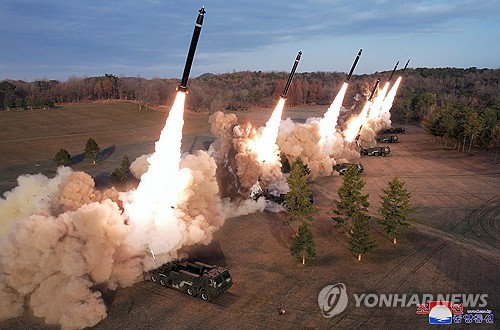 N. Korea says Kim guided simulated nuclear counterattack drills for 1st time
N. Korea says Kim guided simulated nuclear counterattack drills for 1st time -
 Looming weekly closure of major hospitals feared to worsen medical service crisis
Looming weekly closure of major hospitals feared to worsen medical service crisis
-
 S. Korea eliminated in Olympic football qualifiers as poor defense, undisciplined play prove costly
S. Korea eliminated in Olympic football qualifiers as poor defense, undisciplined play prove costly -
 Indonesia coach left with mixed feelings after eliminating native S. Korea in Olympic football qualifiers
Indonesia coach left with mixed feelings after eliminating native S. Korea in Olympic football qualifiers -
 10-man S. Korea lose to Indonesia to miss out on Paris Olympic football qualification
10-man S. Korea lose to Indonesia to miss out on Paris Olympic football qualification -
 (LEAD) 10-man S. Korea lose to Indonesia to miss out on Paris Olympic football qualification
(LEAD) 10-man S. Korea lose to Indonesia to miss out on Paris Olympic football qualification -
 ADOR CEO calls conflict with Hybe 'worst experience of my life'
ADOR CEO calls conflict with Hybe 'worst experience of my life'
